
2024년 8월 13일, Toray Composite Materials America, Inc.는 미국 앨라배마주 디케이터 공장에서 Torayca T1100 탄소섬유 생산 라인이 가동되었다고 발표했습니다. 이 생산 라인은 미 육군의 FLRAA(미래 장거리 공격 항공기) 프로젝트를 위한 핵심 부품의 연구, 개발 및 제조를 완벽하게 지원할 것입니다. FLRAA는 또한 Toray의 T1100 탄소 섬유를 확실히 선택한 최초의 공개적으로 보고된 군용 항공 프로젝트가 되었습니다.
기술이 지속적으로 발전함에 따라 방위산업에서 신소재의 개발 및 응용이 점점 더 중요한 역할을 하고 있습니다. 뛰어난 성능을 지닌 탄소섬유 복합재는 군사 분야에서 가장 주목받는 소재 중 하나가 되었습니다. 고강도, 고탄성, 저밀도, 내식성, 내피로성을 제공하므로 군용 장비의 성능 향상, 비용 절감 및 전투 효율성 향상에 없어서는 안 될 요소입니다.
이 기사에서는 육상 방위 부문에서 탄소 섬유 복합재의 주요 응용 분야에 대해 자세히 소개합니다.
1부:
탄소섬유 복합재료의 특성 및 응용
고강도 및 고탄성
탄소섬유 복합재는 강철, 알루미늄 등 전통적인 금속 재료보다 훨씬 뛰어난 강도와 탄성률을 갖고 있습니다. 이를 통해 구조적 강도를 보장하면서 장비의 무게를 크게 줄일 수 있습니다. 예를 들어, 미국 F-22 전투기는 특정 핵심 구조에 탄소섬유 복합재를 사용하여 기체의 강도를 유지하면서 항공기 전체 중량을 효과적으로 줄여 비행 성능과 기동성을 향상시킵니다.
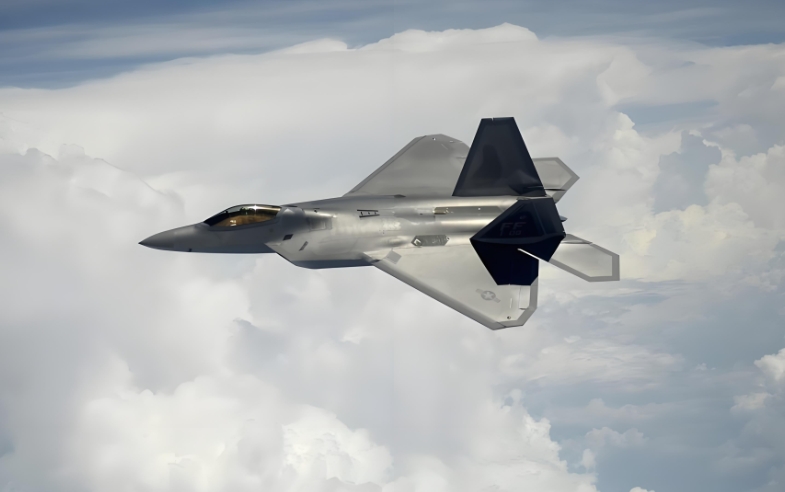
저밀도
탄소섬유 복합재의 밀도는 강철의 1/4, 알루미늄의 절반 정도입니다. 이는 특히 높은 이동성과 장거리 작전 능력이 필요한 무기 및 장비의 경우 중량 감소에 상당한 이점을 제공합니다. 예를 들어 유럽의 A400M 군용 수송기는 기체 구조에 탄소 섬유 복합재를 광범위하게 사용하여 기존 금속 구조에 비해 항공기 무게를 크게 줄여 탑재량과 범위를 늘립니다.
부식 저항
탄소 섬유 복합재는 내식성이 뛰어나 열악한 환경에서도 장기간 사용할 수 있습니다. 이는 바다나 사막과 같은 환경에서 자주 작동하는 군사 장비에 특히 중요합니다. 예를 들어, 미 해군 함정 중 일부는 핵심 분야에 탄소 섬유 복합재를 사용하여 해수 부식을 효과적으로 방지하고 유지 관리 비용을 절감합니다.
피로 저항
Carbon fiber composites exhibit excellent fatigue resistance, meaning they can withstand long-term cyclic loading without experiencing fatigue failure. This is crucial for aircraft that require frequent takeoffs and landings, high-speed flights, and for ships that endure prolonged maritime operations. For example, the Boeing 787 commercial aircraft extensively uses carbon fiber composites, demonstrating outstanding fatigue resistance in long-term commercial service. This experience has also provided valuable insights for the design and application of military aircraft.
Part 2:
Application of Carbon Fiber Composites in Military Aircraft
Reducing Weight to Improve Performance
For military aircraft, reducing weight is key to enhancing performance. In supersonic aircraft, such as the J-20 and F-35, reducing weight by just 1 kilogram can not only bring economic benefits of several thousand dollars but also improve the aircraft's maneuverability, giving it a significant advantage on the battlefield. By using carbon fiber composites, the weight of the J-20's airframe is reduced by approximately 9% compared to using aluminum alloy materials. This weight reduction greatly contributes to improving the aircraft's maneuverability and endurance. The U.S. F-35 fighter jet uses about 35% carbon fiber composites, effectively reducing the airframe's weight, improving fuel efficiency, and increasing its combat radius.
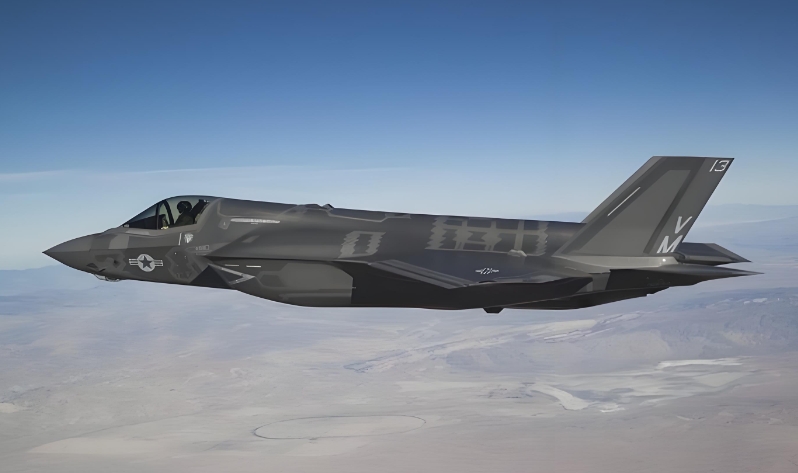
Increasing Structural Strength
The structural strength of carbon fiber is very high, allowing the aircraft's airframe to be both lightweight and robust. Advanced large aircraft and fighter jets can extensively use carbon fiber composites. For example, the Eurofighter Typhoon's airframe surface is already composed of 70% carbon fiber composites. In practical applications, carbon fiber composites can withstand the aerodynamic forces and maneuvering loads during high-speed flight, ensuring the structural safety of the aircraft.
Reducing Maintenance Costs
Fighter jets often operate in coastal areas where the air contains high levels of salt, which can easily corrode traditional metal materials, leading to high maintenance costs. However, carbon fiber composites have strong corrosion resistance and are unaffected by the salt content in the air, making the aircraft less prone to corrosion and thus reducing maintenance expenses. For instance, France's Rafale fighter jet uses carbon fiber composites in areas that are particularly susceptible to corrosion, which has reduced the frequency and cost of maintenance.
Stealth Capabilities
Through carbon fiber modification or the addition of special substances, carbon fiber composites can also enhance stealth capabilities. Specially treated carbon fiber composites can absorb radar waves, reducing radar wave reflection and thus decreasing the likelihood of detection by radar. Russia's Su-57 fighter jet uses stealth-capable carbon fiber composites in some parts of its airframe, enhancing the aircraft's stealth capabilities.
Sweden's Gripen fighter jet is primarily composed of carbon fiber composite structures, accounting for 25% of the airframe's weight, and also uses fiberglass composites and aramid fiber composites. While its design is not as stealth-oriented as some other fourth-generation fighters, the jet's small size and reduced feature inlets lower its overall radar cross-section.
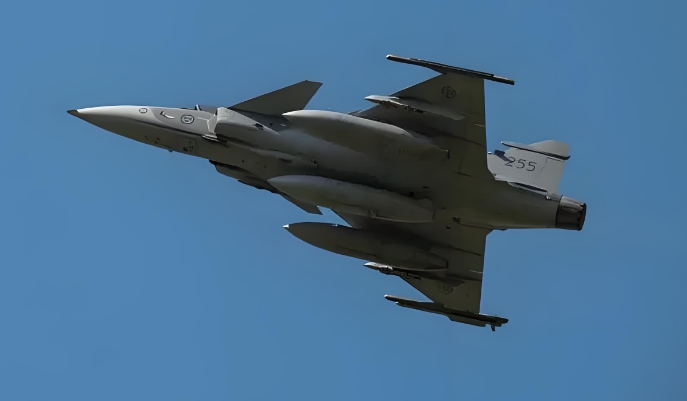
Part 3:
Application of Carbon Fiber Composites in Military Missiles
Warheads and Nozzles
The strong yet lightweight characteristics of carbon fiber composites make them highly desirable in the missile field. Initially, they were primarily used in the warhead sections and solid rocket motor nozzles of missiles. This not only saves weight and reduces costs but also increases the missile's structural strength, extends its range, and improves targeting accuracy.

China's famous Dongfeng-31 missile uses a carbon fiber composite warhead shell to improve missile performance by reducing the weight of the warhead, thereby enhancing its range and accuracy. In the Dongfeng-41 missile, the proportion of carbon fiber composites used is significantly increased, with the missile's outer shell also switched to carbon fiber composites, which further enhances performance, extending its range, allowing it to carry more warheads, and improving accuracy.
The U.S. Tomahawk cruise missile uses carbon fiber composites in the warhead and nozzle sections, improving its performance and combat effectiveness.
Rocket Shells and Launch Tubes
In addition to warheads and nozzles, rocket shells and launch tubes are also starting to use carbon fiber composites. China's Dongfeng-31 missile utilizes a carbon fiber composite warhead shell, and in the Dongfeng-41 missile, the proportion of carbon fiber composites is significantly increased, with the outer shell also switched to carbon fiber composites, leading to enhanced performance, longer range, the ability to carry more warheads, and improved accuracy.
Submarine-Launched and Air-Launched Missiles
Submarine-launched missiles and air-launched missiles are even more sensitive to missile weight, leading to a higher proportion of carbon fiber composites being used. By reducing the weight of air-launched missiles, aircraft can carry more missiles, reducing the aircraft's load, and increasing the missile's range and accuracy. For example, France's Exocet anti-ship missile uses carbon fiber composites in some of its structures, enhancing the missile's performance and compatibility.
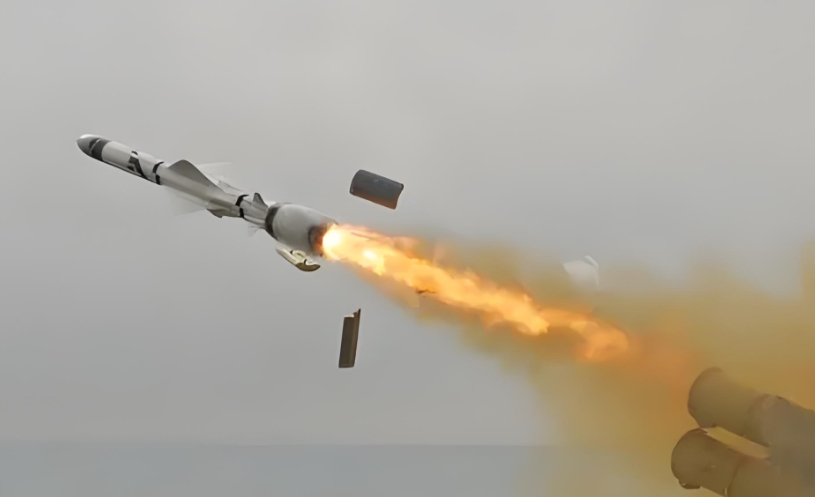
Part 4:
Application of Carbon Fiber Composites in Drones
Drones are highly sensitive to weight and cost, and the use of carbon fiber composites can bring significant economic benefits and performance improvements. The U.S. Global Hawk drone has a carbon fiber composite usage rate of up to 65%. China's Cloud Shadow drone uses carbon fiber composites in 60% of its structure, while the U.S. Predator and Shadow drones have composite material usage rates exceeding 90%. Similarly, China's Rainbow drone has a composite material usage rate of over 80%.
Extensive use of carbon fiber composites in drones can reduce airframe weight, improve endurance, and increase payload capacity. For example, Israel's Heron drone uses carbon fiber composites to construct its airframe, giving it long endurance and high payload capabilities, which have proven to be highly effective in reconnaissance and surveillance missions.
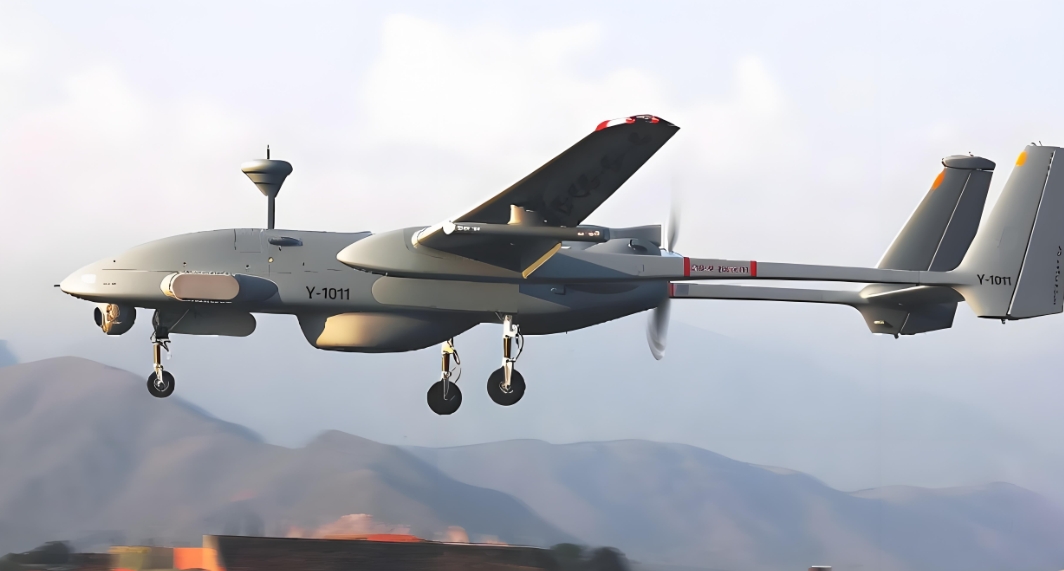
Part 5:
Application of Carbon Fiber Composites in Graphite Bombs
During the Iraq War, graphite bombs garnered significant attention. The fine filaments released by these bombs are made from highly conductive carbon fiber, which can be specially modified to enhance their conductivity. After exploding, these carbon fiber filaments can drape over power lines, causing short circuits and leading to local power grid failure. Once the power grid is disrupted, local communications, lighting, and production are all affected, and recovery is difficult in a short time. For example, during the Kosovo War, NATO forces used graphite bombs to attack the power infrastructure of Yugoslavia, resulting in widespread blackouts and severely impacting the country's war capabilities.
Part 6:
Application of Carbon Fiber Composites in Specialized Protective Gear
Bulletproof Vests
Although the current mainstream bulletproof vests are not made from carbon fiber materials, the declining production costs of carbon fiber make its superior performance increasingly attractive. Carbon fiber can be used as fabric for bulletproof vests, offering advantages such as lightweight, high structural strength, and good thermal conductivity. When a bullet strikes the vest, the material can quickly disperse the force and conduct heat, reducing localized damage. Carbon fiber composites can also be used as core materials for bulletproof vests, such as protective plates and bulletproof helmets. For example, some special forces have begun testing bulletproof vests and helmets made from carbon fiber composites, which reduce the soldiers' load while maintaining protective performance, thereby enhancing their mobility.
Thermal Protective Clothing
Combining carbon fiber with aerogel materials can produce highly effective thermal protective clothing, protecting soldiers in high-temperature environments and improving their survival chances in fires. Carbon fiber itself has good thermal conductivity, which helps disperse heat and prevents localized overheating, while aerogels can effectively insulate against heat. For instance, in firefighting and emergency rescue, thermal protective clothing made from carbon fiber composites is already being used to provide better protection for rescue personnel.
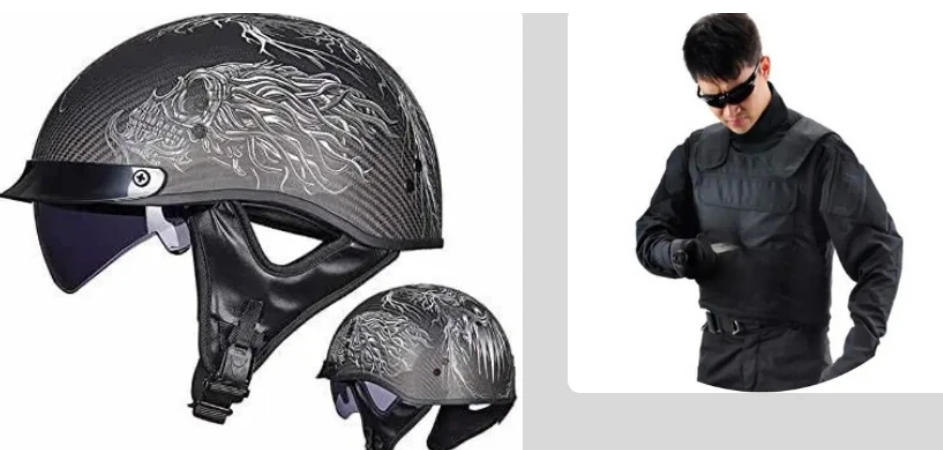
Electromagnetic Protective Clothing
Carbon fiber inherently has good conductivity, which allows it to shield against electromagnetic waves. To enhance the shielding effect, special components are often added to the carbon fiber, significantly improving its ability to protect against electromagnetic radiation and preventing harm to soldiers. For example, in electronic warfare and communications, soldiers need to wear electromagnetic protective clothing to shield themselves from electromagnetic radiation.
Part 7:
Development Trends of Carbon Fiber Composites in the Military Industry
Expanding Application Range
With continuous technological advancements, the application range of carbon fiber composites in the military field is expected to broaden. In addition to military aircraft, missiles, drones, and specialized protective clothing, future applications will include naval vessels, tanks, and armored vehicles. For instance, some new naval vessels are starting to use carbon fiber composites in their superstructures to lower the center of gravity, improve stability, and enhance stealth capabilities.
Increasing Performance
Ongoing improvements in the manufacturing processes and performance of carbon fiber composites will enhance their strength, modulus, corrosion resistance, and fatigue resistance to meet higher military demands. Additionally, new carbon fiber composites with specialized functions, such as self-healing and intelligent sensing, are being developed. For example, researchers are exploring carbon fiber composites with self-healing capabilities, allowing materials to automatically repair themselves when damaged, thus increasing the reliability and lifespan of equipment.
Decreasing Costs
As carbon fiber production technology matures and achieves economies of scale, costs will continue to decrease. This will enable more weaponry and equipment to incorporate carbon fiber composites, enhancing performance and combat effectiveness. For example, with advancements in carbon fiber production technology, the price of carbon fiber is gradually falling, creating conditions for the widespread application of carbon fiber composites in the military industry.
Conclusion
탄소 섬유 복합재는 뛰어난 성능으로 인해 군사 산업에서 중요한 역할을 합니다. 군용 항공기, 미사일, 드론, 흑연 폭탄 및 특수 보호복에 적용하면 무기 성능이 향상되고 비용이 절감되며 전투 효율성이 향상되었습니다. 탄소섬유복합재료는 앞으로 군사분야에서 더욱 중요한 역할을 할 것으로 예상된다.